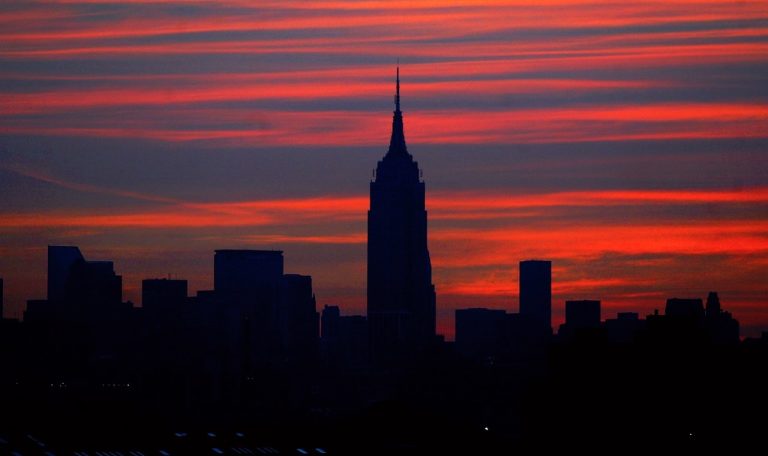
As winter approaches in New York, residents should shudder knowing how close the city came to disaster two years ago and how little has been done to prevent it from happening again. [emphasis, links added]
As Christmas 2022 approaches, so does Winter Storm Elliott, A 2,000-mile-wide storm is causing blizzards and plummeting temperatures across the eastern United States and Canada.
Elliott killed more than 70 people, disabled more than 1,700 generating units, caused rolling blackouts in Tennessee, the Carolinas and Kentucky, and sent thermostats down to 60 degrees in Wisconsin.
The situation is particularly dangerous in New York, which relies on natural gas to generate most of its electricity and provide home heating and cooking to more than a million customers.
Wellheads on pipelines that supply natural gas to the city froze and pressure dropped rapidly, threatening to collapse the system.
If pipeline pressure drops further, New York City will lose natural gas deliveries during the winter.
Workers were brought in from other states to go door-to-door cleaning pipes, making repairs and relighting pilot lights.
It’s not hard to imagine the chaos that would ensue: mass evacuations and relocations, business closures, and the health and survival of thousands of people at risk. Local utility company ConEd estimates it will take months to fully restore service.
In the two years since, the state's natural gas infrastructure has made modest improvements, primarily in the area of coordination and communications between power entities, but the risk of severe supply disruptions remains.
The North American Electric Reliability Corporation (NERC) warned in its “Winter Readiness Assessment” released last month that operators “Maintaining adequate reserves during periods of extreme cold weather can be challenging.”
“Ongoing capacity expansion efforts by pipeline companies are targeting… cold weather demand for natural gas but face regulatory and legal complexities that have slowed development of multiple key capacity additions,” the report states.
The country’s climate media often reports on imagined environmental disasters decades from now, while potential disasters in the near future go unnoticed.
The masses are hearing the sound of crickets, which may be chirping faster than ever as temperatures rise due to global warming, according to a worrying report.
Climate journalists are trumpeting false predictions that the 2024 hurricane season will bring an unprecedented 33 named storms to the North Atlantic, creating “the busiest hurricane season on record.” The season ended with 17 points.
Likewise, the state's political leadership is far more interested in climate change than energy reliability and has pledged to drastically reduce carbon emissions and Transition to “clean energy” through a series of mandates, subsidies and tax incentives.
The state has pressured the Indian Point nuclear power plant to retire early in 2021, banned fracking of its shale formations in 2014 and pushed for the electrification of home heating, cooking and transportation, assuming it would come from renewable energy .
Even so, the fossil fuel — natural gas — is by far the state’s largest source of electricity, providing ten times more power (35.8%) than wind and solar combined (3.6%).According to the New York State Energy Research and Development Authority.
This is especially important in the winter, when northern areas have received several feet of snow this year. While climate alarmists cite global warming as their most dire prediction, the greater threat to human security is cold weather.
According to the current trend, The New York Independent System Operator predicts that by the 2030s, peak electricity demand will occur in the winter, not the summer.
This poses a special challenge for renewable energy sources, as wind turbines don't spin when the winds are too strong or don't spin at all, solar farms fail to provide power when covered in snow, and battery storage reaches its limits in extreme weather.
Read the NRO's break
